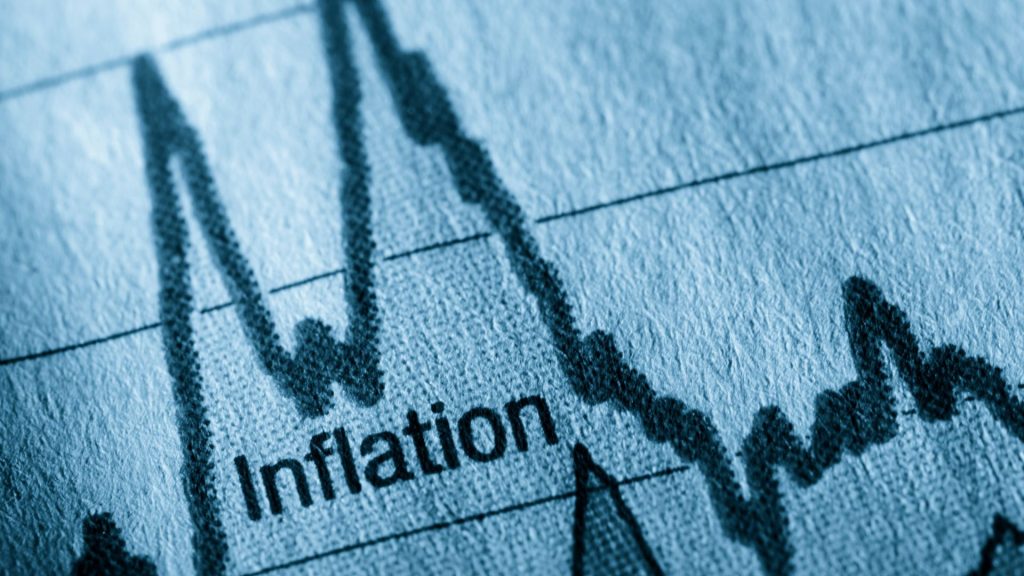Inflation Dropping – Uncover the cause & future outlook Posted on April 28, 2023

Inflation Dropping
Inflation has been a hot topic recently, with many economists and policymakers expressing concern over rising prices. However, the latest February Consumer Price Index suggests that inflation is dropping. Prices rose just 0.2% in the month, after falling 0.4% in January. The annualised monthly inflation rate dropped to 6.8%, down from 7.4% in January after peaking at 8.4% in December. This article explains what is causing this trend and what it means for the future.
What is Inflation?
Inflation refers to the increase in prices of goods and services over time. It is measured by tracking changes in the Consumer Price Index (CPI) which measures the average price level of a basket of goods and services consumed by households. Inflation can also be influenced by other factors such as government policies, global events, and supply and demand.
Inflation is an important indicator of economic health as it impacts both consumers and businesses alike. High inflation rates can have a significant impact on the economy, leading to reduced purchasing power, increased borrowing costs, and decreased investment.
The Reserve Bank of Australia (RBA) plays a crucial role in managing inflation through monetary policy. The RBA sets a target range for inflation between 2-3% per year. To control inflation, the RBA adjusts interest rates. When interest rates are high, borrowing becomes more expensive, leading to lower spending on goods and services.
So, understanding inflation is vital as it affects our daily lives from how much we pay for groceries to how much we earn from investments.
Causes of Dropping Inflation
The primary cause of inflation is usually attributed to excessive demand, resulting from rapid economic growth that leads to increased consumer spending. However, inflation can also drop for various reasons such as low consumer demand, low borrowing levels, and other factors such as government policies.
One major factor that influences inflation is interest rates. When interest rates are high, consumers tend to borrow less money from banks, resulting in lower spending and reduced demand for goods and services. Consequently, this reduced demand results in falling prices which translate into dropping inflation rates. On the other hand, when interest rates are low, consumers tend to borrow more money from banks resulting in high spending and increased demand for products and services leading to higher prices.
One possible cause of the drop in inflation is the RBA’s monetary policy which influences borrowing and spending behaviour. By increasing interest rates, the RBA intends to reduce consumer spending, thus limiting demand for goods and services. This reduction in demand eventually leads to a decrease in prices, thereby curbing inflationary pressures.
Impact of high interest rates on the economy and consumers
One of the primary impacts of high interest rates is inflation. As borrowing becomes more expensive, businesses may pass on these costs to consumers through higher prices for goods and services. This increase in prices can lead to a decrease in consumer spending power, which can slow down economic growth.
Another impact of high interest rates is on housing affordability. With higher mortgage repayments due to increased interest rates, many people may struggle to afford their home loan repayments.
Impact of high inflation on the economy and consumers
When inflation is high, it lowers people’s purchasing power, as they need more money to buy the same amount of goods and services. This can lead to a decrease in consumer spending, which affects businesses’ revenue and profits. As a result, economic growth slows down.
Factors Affecting Future Outlook
Looking ahead, there are several factors that could impact inflation and interest rates in Australia. For one, global economic conditions will play a significant role. If other countries experience high levels of inflation or low interest rates, this could spill over into the Australian economy. Additionally, changes in government policies or shifts in consumer behaviour could also influence these indicators.
High inflation certainly makes life difficult for people and can make lasting damage to the economy. However, too much tightening of monetary policy for too long may lead to a recession.
The trajectory of the falling monthly inflation over the last 2 months is encouraging, combined with weak retail sales in February and the slowdown in commodity prices. The economy is finally slowing because of the rising interest rates, which means that the RBA may sit tight and consider keeping rates on hold for the next few months.
What this means for savers and investors
When interest rates are high, savings accounts can earn higher returns. If you have minimal debt, and have the cash to contribute to savings, then it’s a financial opportunity. At the same time, consumers with debt will pay higher credit card and mortgage interest rates which means less disposable income and less discretionary spending money. Consequently, business revenues decrease and can eventually lower a company’s share price.
On the other hand, when interest rates fall, it’s seen as a catalyst for growth. Consumers will spend more, and businesses can finance expansions at a cheaper rate, which leads to greater profits and higher share prices.
For investors, understanding the relationship between interest rates and the share market can help you understand how changes may impact your investments. Interest rates and the share market tend to move in opposite directions. Generally, falling interest rates can cause the share market to go up and rising interest rates can cause the share market to go down. However, there is no guarantee how the market will react to any given interest rate change.
There is no single best investment suitable for all investment conditions and some investment classes tend to perform better when interest rates are rising.
If you would like to be better prepared to make wise financial decisions when interest rates rise and when they fall, book a complimentary Financial Discovery with one of our Financial Advisers.





